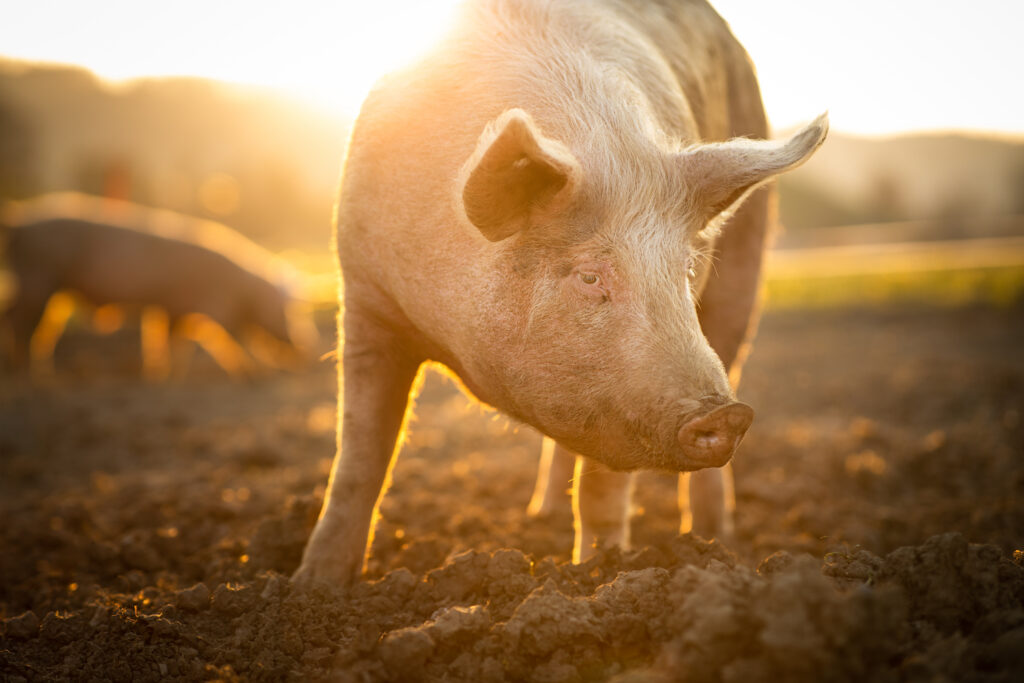Swine vesicular disease and foot-and-mouth ruled out on Norfolk farm
28th June 2022
Temporary control zones have been revoked but testing is ongoing at the site.
Official testing at the UK national reference laboratory has ‘negated suspicion’ of foot-and-mouth and swine vesicular disease at a premises near Feltwell, Kings Lynn and West Norfolk.
A 10km temporary control zone (foot and mouth) was revoked on 24th June and a new control zone (swine vesicular disease) was declared. This has also been revoked following further testing.
The premises remains under restriction pending the outcome of further tests.
Foot and mouth and swine vesicular disease are notifiable diseases with similar symptoms.
The last outbreak of foot and mouth was in 2007. According to APHA, cattle with the disease may develop sores and blisters on the feet, mouth and tongue. Other symptoms include fever, shivering, lameness, slobbering and smacking lips, and reduced milk yield.
In sheep, lameness is the main sign, developing suddenly and spreading quickly among the flock. Signs may also include a higher number of stillbirths, abortions and lambs dying soon after birth, as well as tiredness in young lambs and ewes that are unwilling to allow lambs to suckle.
Sudden lameness is also the main symptom in pigs, and they may also display loud squealing from pain, a tendency to lie down/unwillingness to move. Blisters are rare but where they do occur, they appear on the upper edge of the hoof where the skin and horn meet, snout and tongue.
The last outbreak of swine vesicular disease was in 1982 and the main sign is blisters at the top of the hooves, between the toes and occasionally on the snout, tongue and lips. Other signs include lameness due to foot blisters, loss of appetite and fever.
Practising strict biosecurity on farms is recommended for preventing both diseases.
For further information on foot and mouth disease and swine vesicular disease visit gov.uk

